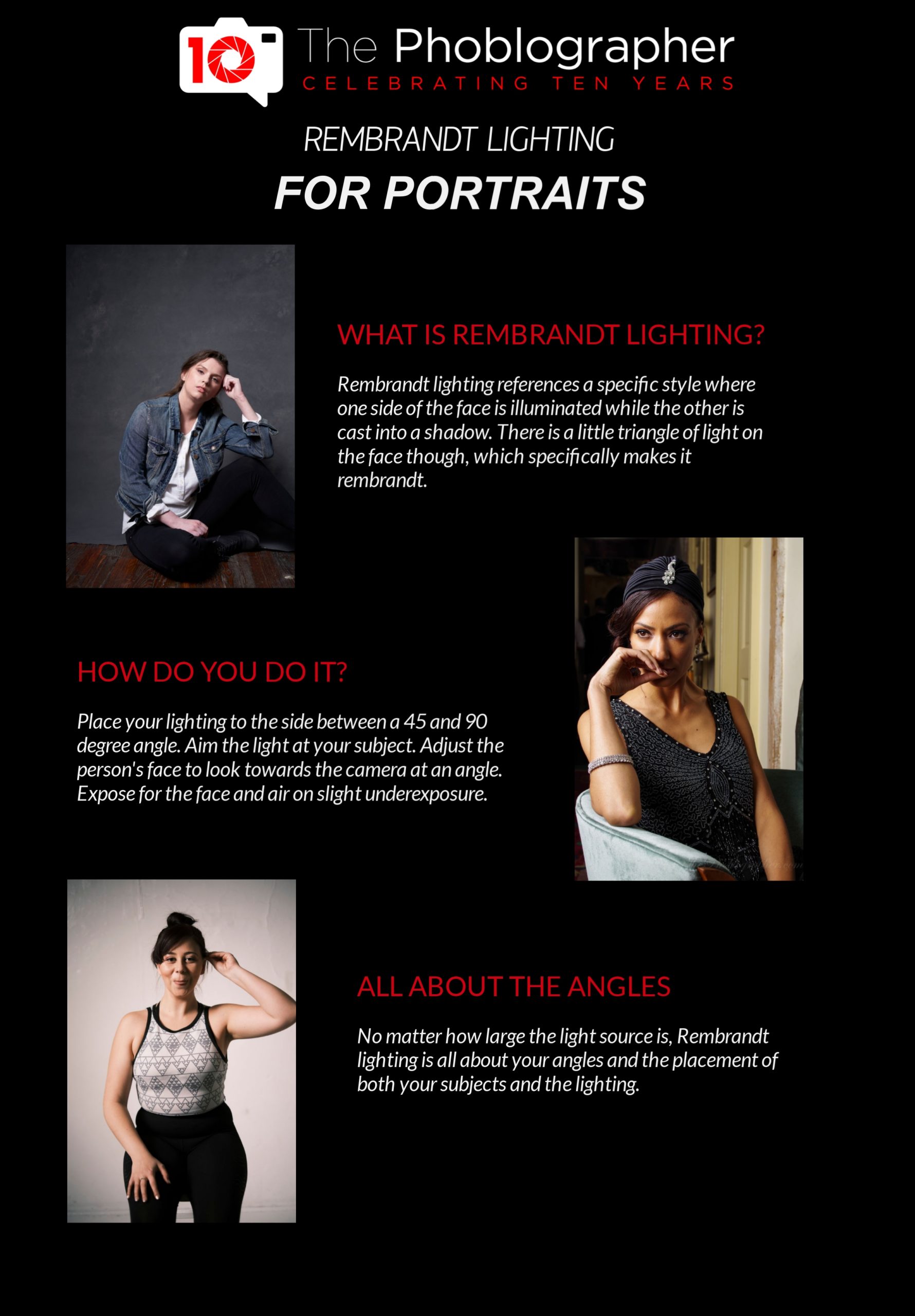Lighting is complex, but it doesn’t have to be difficult. Understanding the basics of how light hits your subject and what it will look like to the camera is crucial to controlling your lighting.
For example, lighting a pumpkin straight on isn’t flattering, but 45 degrees is a great angle that picks up a lot of detail and texture.
High Angle
Taking your camera to high angles gives the audience a very different perspective on the scene. Whether it’s used as a narrative tool to unveil details of the setting, is utilized in combat scenes to display a large room with plenty of visual detail, or is a character-driven shot that makes them seem smaller than their environment or those around them, this angle has been used in a variety of ways throughout film history to elicit certain emotions from the audience.
A common narrative application of the high angle is to evoke a sense of vulnerability or fear in your audience by making your subject appear smaller than those around them. It’s a common tactic that is often associated with horror films, but it can be seen in other genres too. For example, the house elf Dobby in Harry Potter is framed from a high angle to emphasize his small physical size and to show how the other characters in the scene look down on him.
Another use of the high angle is to create a sense of tension by showing an environment that is dangerous or overwhelming. This is a very common technique in action movies, with the hero being portrayed as a small and powerless figure against their new all-powerful enemy. The sweeping high angle view of the crowd-packed Roman Coliseum in Ben Hur is an excellent example of this technique.
Finally, the high angle is also a great way to convey feelings of triumph and accomplishment. For example, Andy Dufresne in The Shawshank Redemption is shown from a high angle as he triumphantly climbs the prison walls after years of being beaten down and bullied by inmates and guards. In The Princess Bride, Westley is framed from a high angle as he ascends the castle wall to rescue Buttercup after being downplayed by Inigo Montoya. By using the high angle shot, the director shows the character as weak and vulnerable while also demonstrating that they are ultimately stronger than their oppressors. By following these basic applications of the high angle, you can add this unique and powerful tool to your shot list.
Low Angle
When it comes to filmmaking, cinematographers have a lot of different things to keep in mind while they’re shooting. They need to have a shot list, a shooting script and a strong understanding of different camera shots. One of those camera shots is the low angle, which is a great way to convey power and make a subject look bigger or more powerful.
A low angle is any camera shot that has the lens positioned below the eye line of the subject. This can be as simple as the character looking down at someone standing above them or a tracking shot that has a subject moving through the frame. When used effectively, low angles can create a sense of power and a feeling of vulnerability in the audience.
Low angle shots are often seen in action movies where the director wants to convey a certain feeling of power or strength to the viewer. For example, the classic scene from the movie The Color Purple where Celie confronts her abusive husband features multiple low angle shots to highlight her physical advantage over him. In this scene, Steven Spielberg also uses a low angle shot with a parallax to show Celie growing in power as she stands up to her husband.
Another common use of the low angle is in fashion shots to accentuate a model’s legs. This is why you’ll often see models in magazines posing from this angle. The low angle also helps to make a subject appear taller and bigger. When paired with movement, low angles can create some really cool compositions and leading lines in your scene.
Low angle shots can also be used to emphasize a specific object or landscape in your shot. For example, the scene in The Dark Knight where Batman confronts the Joker is a great use of a low-angle shot to help viewers understand the scope of the battle. Christopher Nolan and his cinematographer Wally Pfister use a combination of low angle shots, Dutch angle shots and tracking to invest the Joker with an image that is nearly as powerful as Batman’s.
